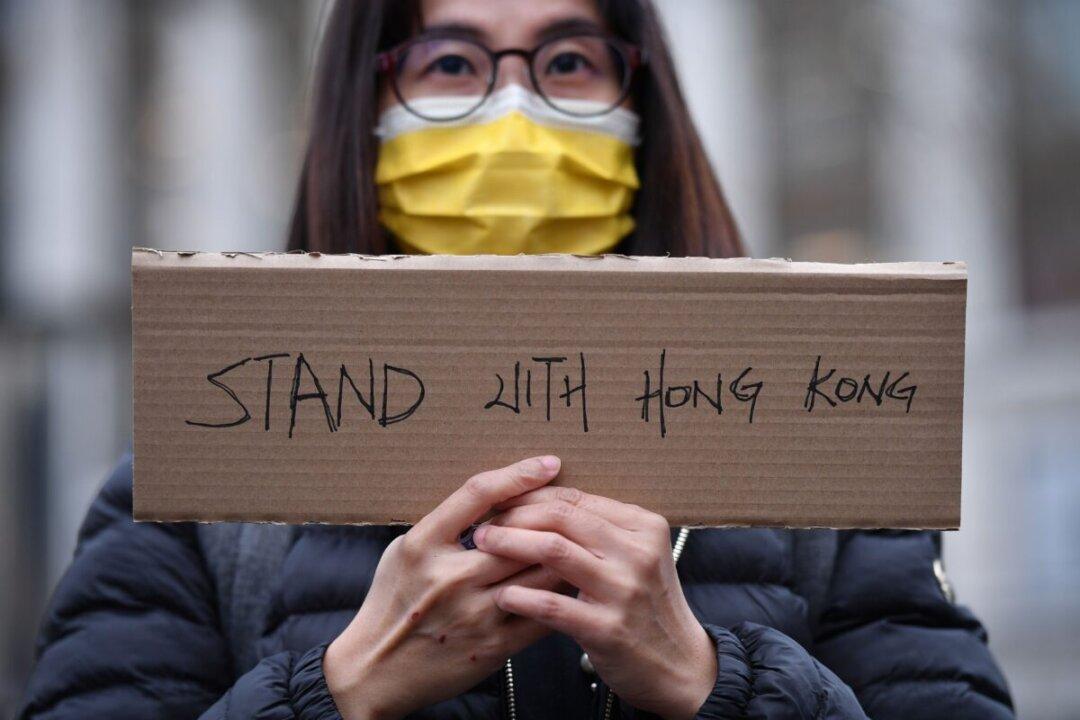On Sept. 10, the Hong Kong Jockey Club Center for Suicide Research and Prevention (CSRP) at the University of Hong Kong (HKU) announced the suicide rates in Hong Kong. Based on data from the Trial Court of Deaths, the suicide rate in Hong Kong is predicted to be higher in 2022 than it was in 2020, particularly among adolescents.
Suicide in the Elderly
The report also shows that the elderly suicide rate has been high since the handover of Hong Kong from Britain to China in 1997, and the recent number of people migrating or leaving permanently has reached a new high.“Some seniors feel abandoned as their families move away and leave them in Hong Kong,” Professor Paul Ip Siu-fai said.




